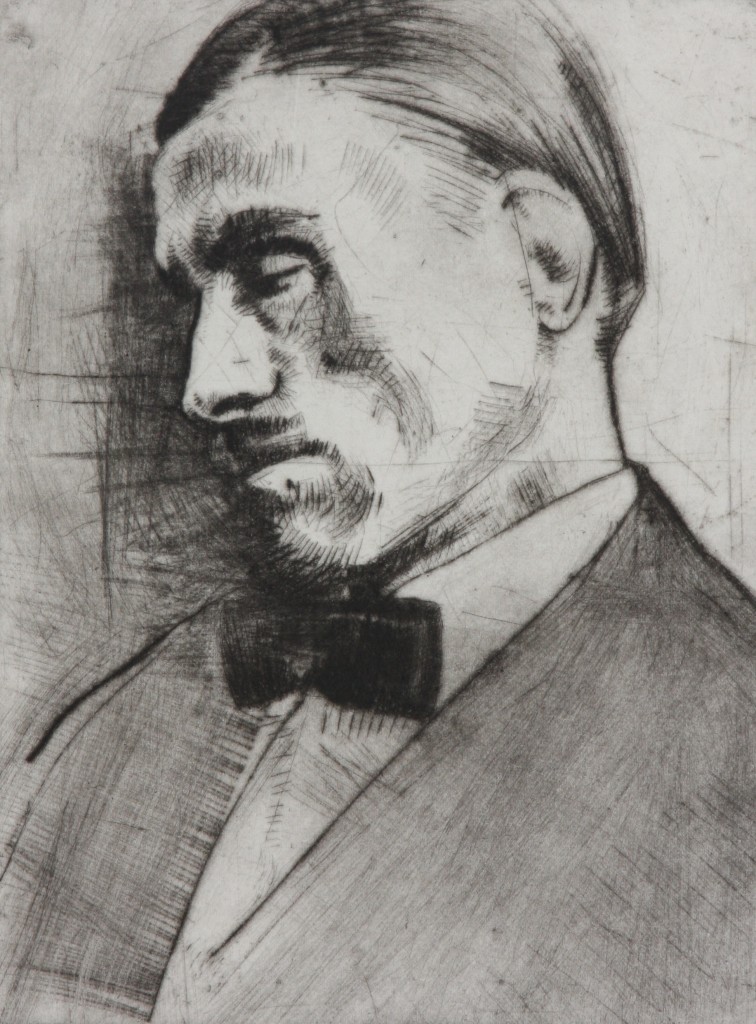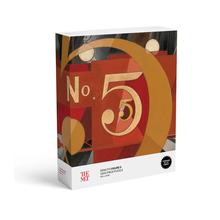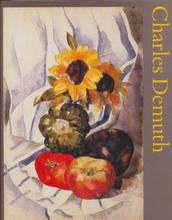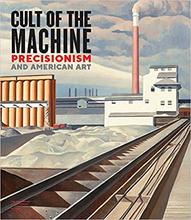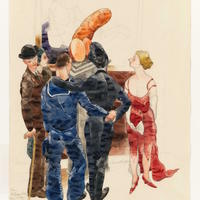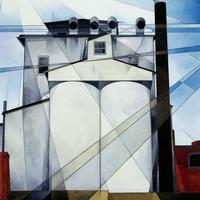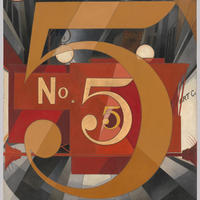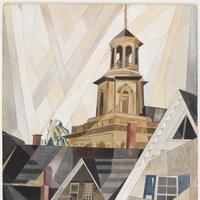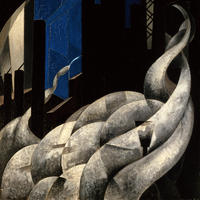More about Charles Demuth
- All
- Info
- Shop
Works by Charles Demuth
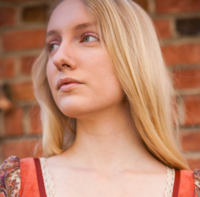
Editor
Aside from being just a really, really nice guy, Charles Demuth is noted for inventing the Precisionist movement and being one of the first artists to record the early twentieth century gay subculture.
Charles Demuth, or “Deem” as he was later called by such friends as Georgia O’Keeffe and Marcel Duchamp, was born in 1883 to a well-off patrician family in Lancaster, Pennsylvania. His family had been there since before the Revolutionary War and operated America’s longest running tobacco shop and snuff factory, so Demuth’s place in society and financial well-being were well secured. As far as budding artists go, this makes him a pretty lucky duck, but this is where his luck runs out--he spent his childhood as an invalid after likely contracting Perthe’s Disease, which left him with one leg shorter than another. (Perthe’s hadn’t been discovered yet, so his hip problems were sometimes blamed on his father dropping him after tossing him in the air when he was a baby. Nice work there, Dad.) He would forever after walk with a limp, which at least his artist pals found endearing, but his health would always be frail: he later developed diabetes, becoming one of the very first Americans to receive insulin as treatment. But while young he still managed to tootle around okay, going hiking and swimming and basking in the forbidden joys of Bohemian Paris with the best of ‘em.
Though he loved Paris and New York, Demuth’s hometown looms large in his work. Lancaster had somehow managed to enter the twentieth century without feeling the modern anxieties already creeping into other cities. Conservative and encircled by Mennonite and Amish farms, Lancaster was morally self-assured despite its rapid industrialization. Demuth seems an odd fit for such a place. Contrary to his father’s initial hopes, he pursued the arts, attending school at the Drexel Institute of Art, Science and Industry and later the Pennsylvania Academy of Fine Arts in Philadelphia. It turned out that Demuth was gay, something that conservative Lancaster could never get on board with, and yet despite the fact that he would find more acceptance in Paris and New York City, he made Lancaster his primary home, residing most of the year with his mother in the house of his youth, possibly due to his poor health.
After he finished his schooling, Demuth’s travels took him from Provincetown, RI, to Paris, allowing him a breadth of acquaintance among the intelligentsia. Numbered among his friends were Eugene O’Neill, William Carlos Williams, Marsden Hartley, the circle of Alfred Stieglitz, and others. His friends found him to be a singular character and something of a dandy, who always wore spats, and a necktie around his waist. Hartley praised his beautiful “patrician” hands and sophisticated yet quaint sense of humor. According to Duchamp, he was one of the few artists who was beloved by all other artists, which probably means he didn’t have too big of an ego.
His earliest works are watercolors of flowers from his mother’s garden, a theme he never ceased to explore with great delicacy. He also painted vaudevillian scenes that were inspired by the circus troupes that traveled through town. A further set of his watercolors are homo-erotically charged illustrations of sailors, many of which were painted in his childhood bedroom. Duchamp’s insistence that Demuth’s “little perverse tendency” had “nothing to do with his art” demonstrates a desire to protect Demuth's artwork from immediate condemnation, but was probably both unrealistic and unjust. Demuth was the first artist to really capture the gay subculture of post-WWI New York in playful, innuendo-laden images of saloons and bath houses.
After 1916, Demuth’s style underwent a change, becoming even more drastic following a 1917 trip to Bermuda. Straying from watercolor washes of apricots and acrobats, he borrowed from the cubism of Cezanne and the futurism of Umberto Boccione and founded a new movement in American Art: Precisionism. As New York City had replaced Europe as the center of the world industry, American artists like Demuth felt compelled to create a unique style of American art that focused on purely American subject matter. While he could have chosen something attractive about America (like O’Keeffe’s soaring skyscrapers) Demuth chose what today we would definitely consider the ickiest bits of the American landscape: the factories, smokestacks, and water towers that could be seen from his bedroom window in Lancaster and signified industry itself. He painted these with precisely defined lines and smooth gradations of bold color, imitating the machine-made smoothness of the very machines he was painting. He also pioneered the form of the poster portrait, designing ten abstract portraits of notable figures without including any physical likeness of them--mainly symbols and visual puns that reflected the figure’s creative output.
Demuth died in 1935 from complications of diabetes at his home in Lancaster, leaving all his unsold work to Georgia O’Keeffe. He was 51. He is notable for being a versatile painter at the forefront of American modernism whose work set the stage for later movements, especially abstract expressionism and pop art.
Sources
- Haskell, Barbara. Charles Demuth. New York: Whitney Museum of American Art, 1987.
- Kellner, Bruce, ed. Letters of Charles Demuth: American Artist, 1883-1935. Philadelphia: Temple University Press, 2000.
- Murphy, Jessica. “Precisionism.” In Heilbrunn Timeline of Art History. New York: The Metropolitan Museum of Art, 2000–.https://www.metmuseum.org/toah/hd/prec/hd_prec.htm (June 2007)
- Weinberg, Jonathan. Speaking for Vice: Homosexuality in the Art of Charles Demuth, Marsden Hartley, and the First American Avant-Garde. New Haven: Yale University Press, 1993.
Featured Content
Here is what Wikipedia says about Charles Demuth
Charles Henry Buckius Demuth (November 8, 1883 – October 23, 1935) was an American painter who specialized in watercolors and turned to oils late in his career, developing a style of painting known as Precisionism.
"Search the history of American art," wrote Ken Johnson in The New York Times, "and you will discover few watercolors more beautiful than those of Charles Demuth. Combining exacting botanical observation and loosely Cubist abstraction, his watercolors of flowers, fruit and vegetables have a magical liveliness and an almost shocking sensuousness."
Demuth was a lifelong resident of Lancaster, Pennsylvania. The home he shared with his mother is now the Demuth Museum, which showcases his work. He graduated from Franklin & Marshall Academy before studying at Drexel University and at Philadelphia's Pennsylvania Academy of Fine Arts. While he was a student at PAFA, he participated in a show at the academy, and also met William Carlos Williams at his boarding house. The two were fast friends and remained close for the rest of their lives.
He later studied at Académie Colarossi and Académie Julian in Paris, where he became a part of the avant garde art scene. The Parisian artistic community was accepting of Demuth's homosexuality. After his return to America, Demuth retained aspects of Cubism in many of his works.
Check out the full Wikipedia article about Charles Demuth

